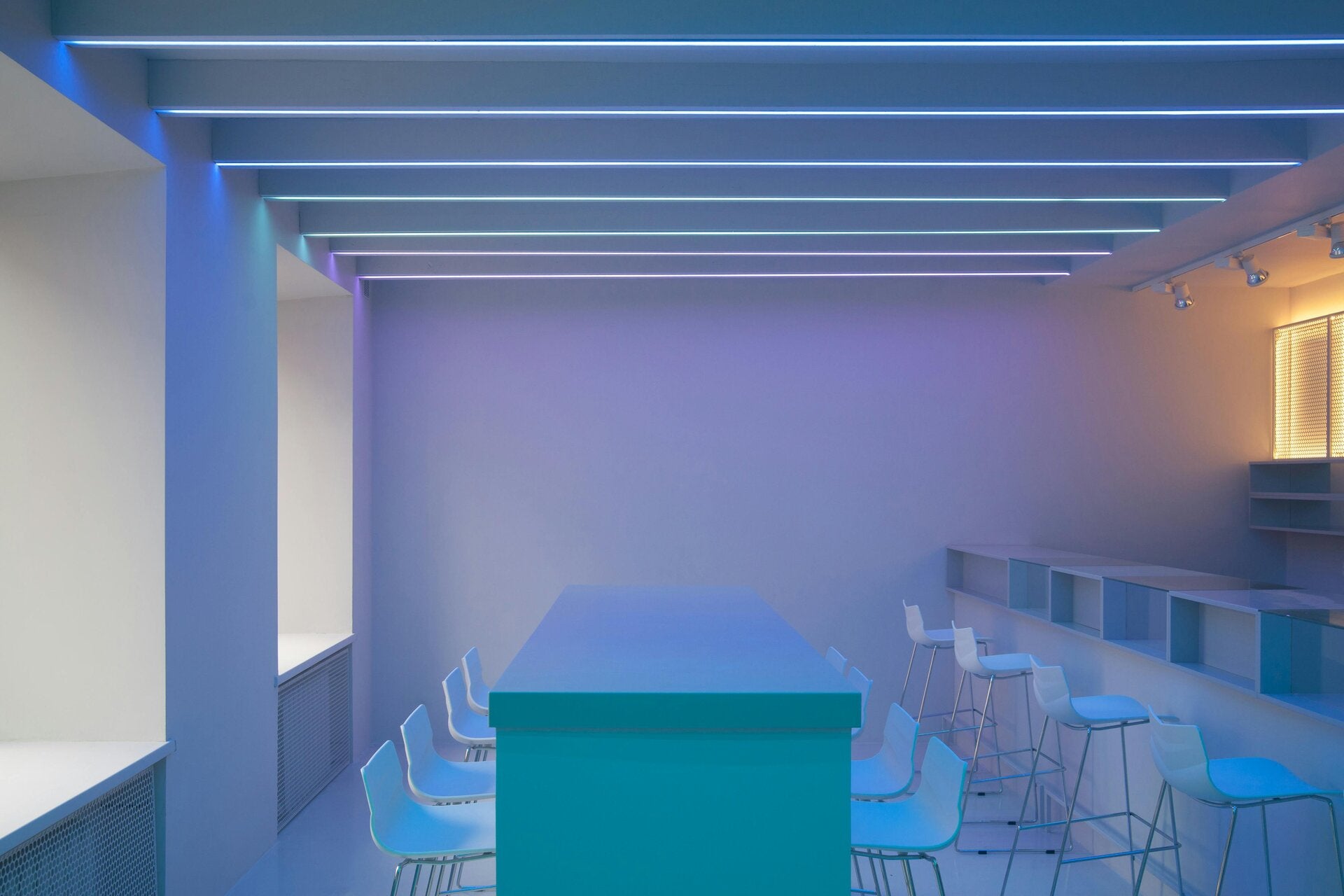What Makes a Good Lighting Design?
Discover the key elements that make a lighting design truly exceptional. At Luminanssi Architectural Lighting Studio, we specialize in creating unique and innovative lighting solutions tailored to your needs and location. From concept to installation, our team is dedicated to delivering the highest quality of design and engineering expertise.

Aesthetic Harmony
Good lighting design enhances the visual identity of a space. It highlights textures, defines architectural features, and adds atmosphere without drawing attention to itself.
-
Architectural Integration: Light should work with, not against, the materials and forms in the space.
-
Mood Creation: Warm or cool tones, shadows, and light layering influence how we feel in a space—calm, focused, inspired.
-
Visual Hierarchy: Light guides the eye. Effective design prioritizes what should stand out and what should fade gently into the background.
Human-Centered Approach
Exceptional lighting starts with understanding the users of the space.
-
Circadian Rhythm Support: Lighting that adapts to natural daylight cycles promotes well-being, alertness, and sleep quality.
-
Accessibility & Comfort: Proper luminance levels, glare control, and intuitive switching support diverse needs and ages.
-
Activity-Based Lighting: A reading nook needs different light than a showroom or a hotel lobby—each function deserves tailored illumination.

Technical Precision
Lighting must be engineered for performance and safety.
-
Lux Levels & Uniformity: Proper calculations ensure that every space receives adequate and balanced lighting, as defined by standards like ELOT HD 384 and EN 12464-1.
-
Energy Efficiency: Using LEDs, sensors, and smart control systems reduces both carbon footprint and long-term cost.
-
Glare Control & UGR Compliance: Uncontrolled light causes discomfort. Good design mitigates this through fixture placement, shielding, and optical precision.
Smart Control Systems
Modern lighting design integrates with technology.
-
Automation & Scenes: Pre-programmed lighting scenes adapt to user needs—whether it’s a meeting, relaxation, or presentation.
-
Daylight Harvesting: Sensors adjust artificial lighting based on natural light levels to reduce waste.
-
Remote Management: Smart systems enable users to monitor, adjust, and troubleshoot lighting systems from anywhere.
Sustainability & Longevity
A good lighting design considers the future.
-
Low-Impact Fixtures: Use recyclable, modular luminaires with replaceable components.
-
Maintenance-Friendly: Designs that allow for easy access and fixture replacement save time and money.
-
Life Cycle Thinking: From material sourcing to end-of-life disposal, sustainability should guide every step.

Collaboration-Driven
Lighting is part of a larger ecosystem.
-
Interdisciplinary Dialogue: Successful projects result from collaboration between lighting designers, architects, engineers, and clients.
-
Digital Visualization: 3D renders, DIALux simulations, and lighting mockups ensure clarity and alignment before implementation.
-
User Feedback Loops: Post-installation evaluations help refine future designs and respond to real-world performance.
Ready to illuminate your space with our custom lighting designs?
Contact us today to discuss your project and let us bring your vision to life.